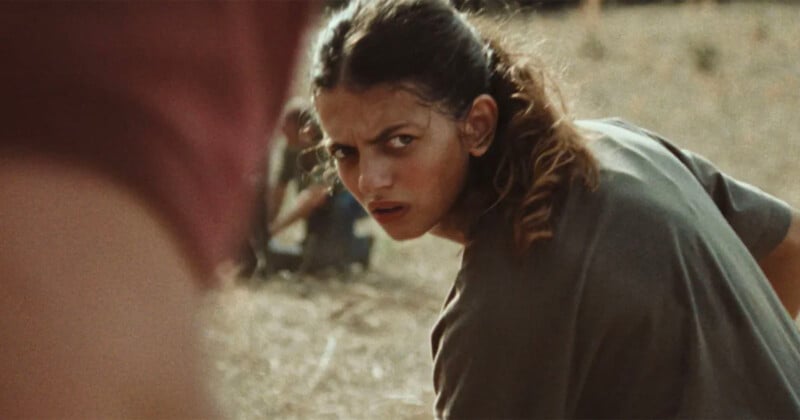
A third of the movies selected for the Cannes Film Festival this year were shot on film, but many more still tried to achieve the analog look digitally.
For some productions, it is simply impossible to shoot on film owing to budgetary constraints or the hardship of getting the film developed in a lab.
The Surfer, for example, wanted to shoot on Super 16mm but couldn’t because of the “difficulties with developing the negative in Australia.”
According to a report by IndieWire, nine cinematographers at Cannes who shot digitally told the online publication that they made “deliberate choices to evoke the grain and texture that film naturally provides.”
Jake Pollock, the cinematographer for She’s Got No Name, says that he wanted to replicate several film stocks and developed a LUT “based on how Kodachrome reacts to cooler mixed color temps.”
One film, Horizon: An American Saga produced by, directed by, and starring Kevin Costner, went so far as to shoot the movie digitally but then print it onto film stock. Cinematographer J. Michael Muro calls it an “analog intermediate whereby each scene has actual film grain.”
How Do You Replicate a Film Look Digitally?
The cinematographers surveyed tell IndieWire that they used an array of different cameras to achieve a film look, including the Alexa Mini, Sony Venice, and V-Raptor RED.
But the Arri Alexa system that most cinematographers seem to favor for recreating the film look. Block Pass cinematographer Benjamin Roux used the Alexa LF to tell IndieWire, “We still managed to shoot tests with both 35mm film and the Alexa on locations with cast, wardrobe, and make-up to edit our LUT and find the proper texture to add in post with Mathieu Caplanne, our color artist.”
The Kingdom cinematographer Antoine Cormier chose the Alexa 35 for its “highly film-like response, providing great flexibility and latitude in handling highlights, which were often quite harsh in our outdoor scenes, while also allowing deep shadows with a ‘smoky’ aspect reminiscent of film.”
Joker: Folie à Deux is getting the same treatment and will be shown on IMAX 70mm in selected theaters.
What About Lenses?
IndieWire reports that lenses aren’t as important as cameras when it comes to achieving the celluloid look and the lens choice is much more about how the moviemakers want to convey the characters in the story.
That said, cinematographers praised the Cooke S4/i for its softness and also liked the Zeiss Super Speed, Zeiss Standard Speed, and Panavision PVintage.
